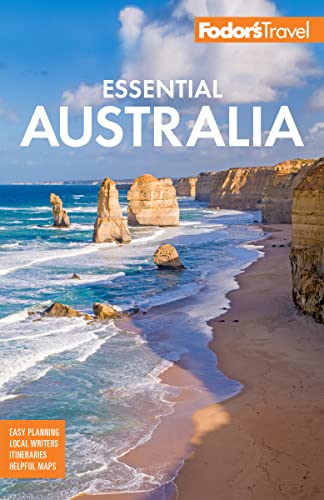Getting Oriented
About the size of West Virginia, and with a population of just over a half million, the island of Tasmania contains geographical diversity in stunning, easily navigable scenery. Surrounded by sea, the climate is, of course, maritime, with the west coast the wettest thanks to the roaring forties winds. On the other hand, the island's capital of Hobart, a proud port city that is Australia's second-oldest settlement, is Australia's second-driest city. The beautiful east coast is nearly always warmer and milder than the rest of the isle. This diversity has contributed to an amazing variety of vegetation, from eucalypt forest and alpine heathlands to large areas of cool temperate rain forests and moorlands.
- Hobart. Perhaps Australia's most beautiful state capital, the compact city has history and beautifully preserved colonial architecture in genteel surroundings.
- Port Arthur and the Tasman Peninsula. The horrors of Tasmania's convict past are there to discover in the notorious penal settlement, which has been sensitively converted into an absorbing museum.
- Freycinet National Park and East Coast Resorts. Deserted white-sand beaches, including the legendary Wineglass Bay, as well as some superb wineries, make the east coast a must-visit.
- Launceston. Tasmania's second-biggest city is a pleasant place to while away time thanks to its attractive parks and historic colonial mansions.
- The Northwest. A nearly deserted rugged coastline and the dramatic landscapes of Cradle Mountain National Park make this area a must-visit for walkers.




